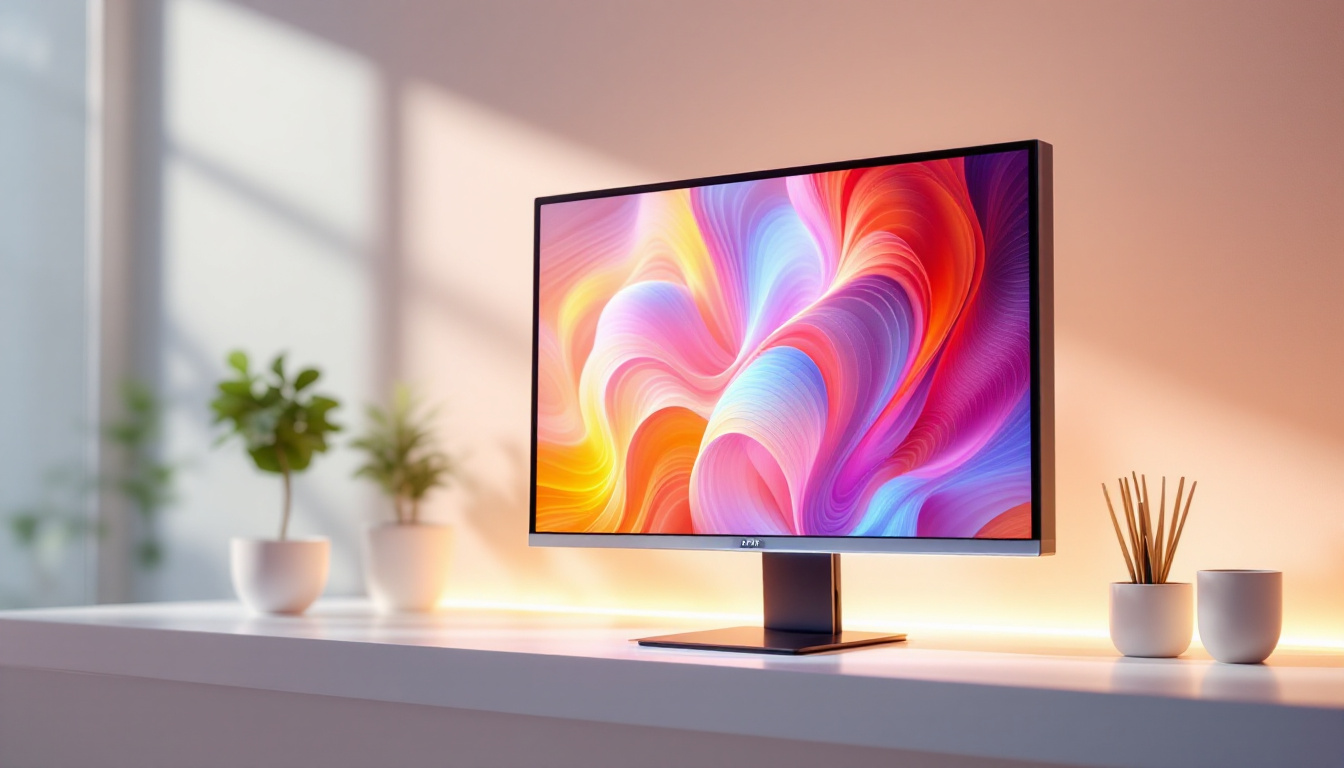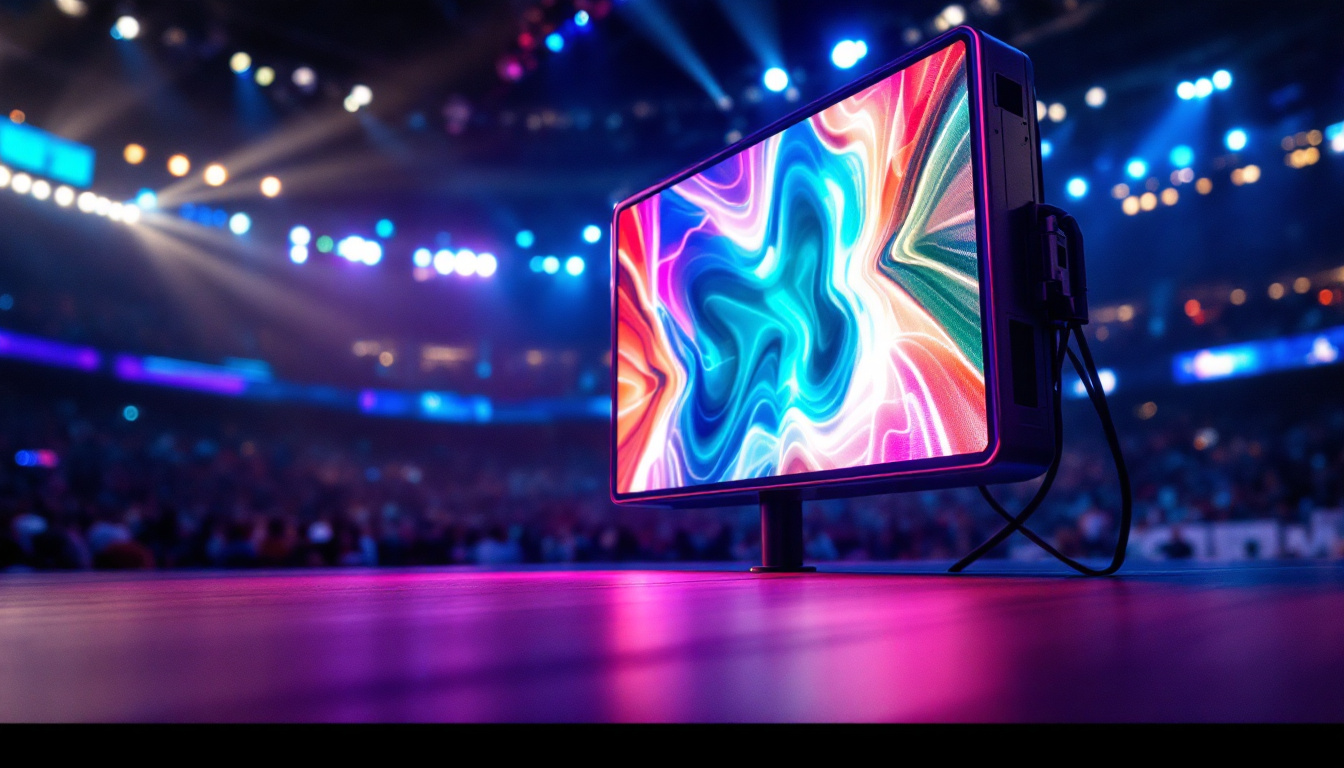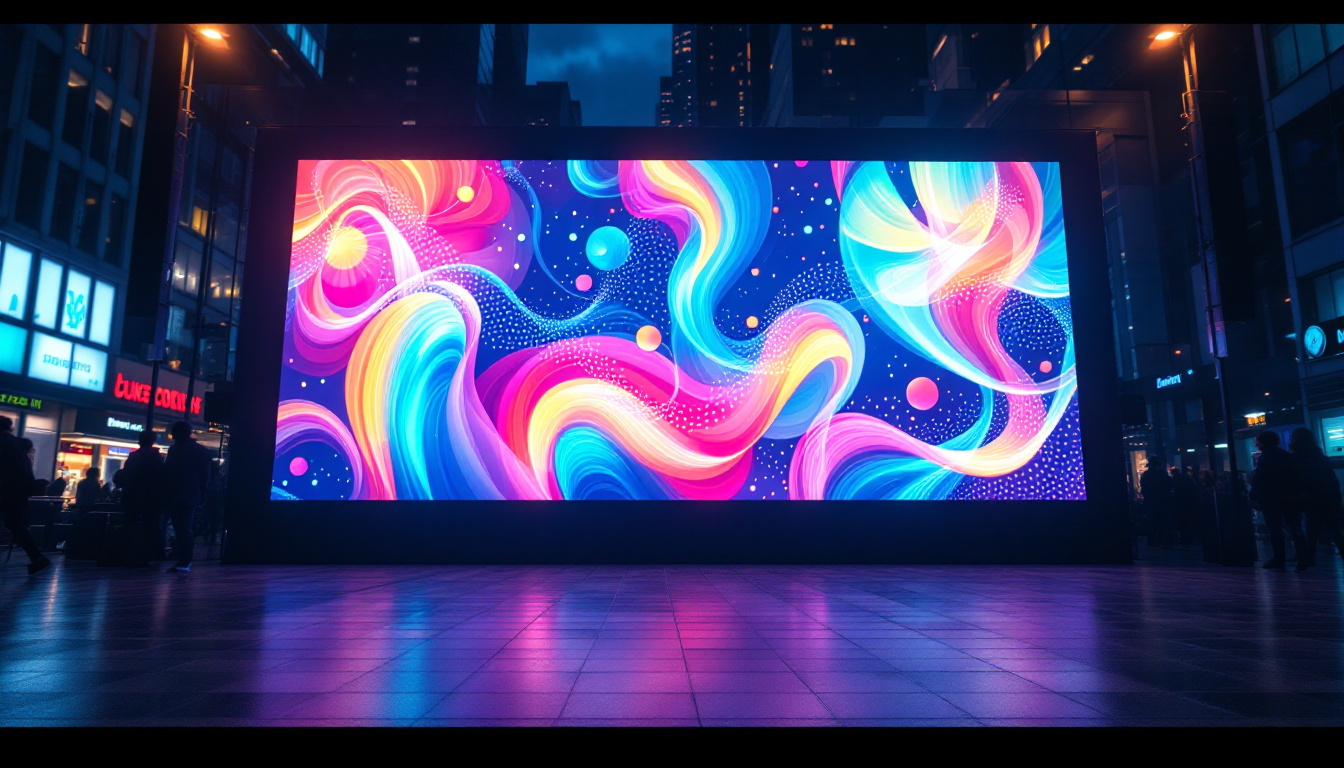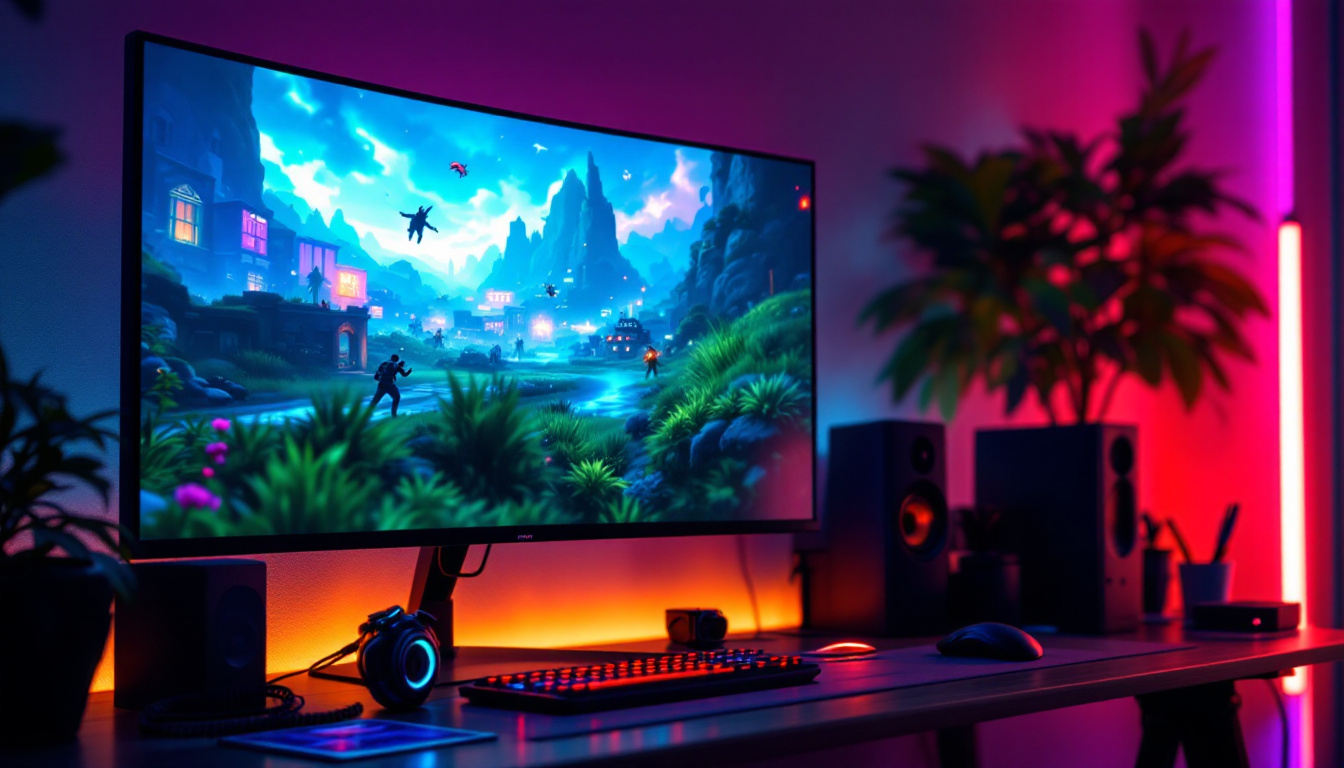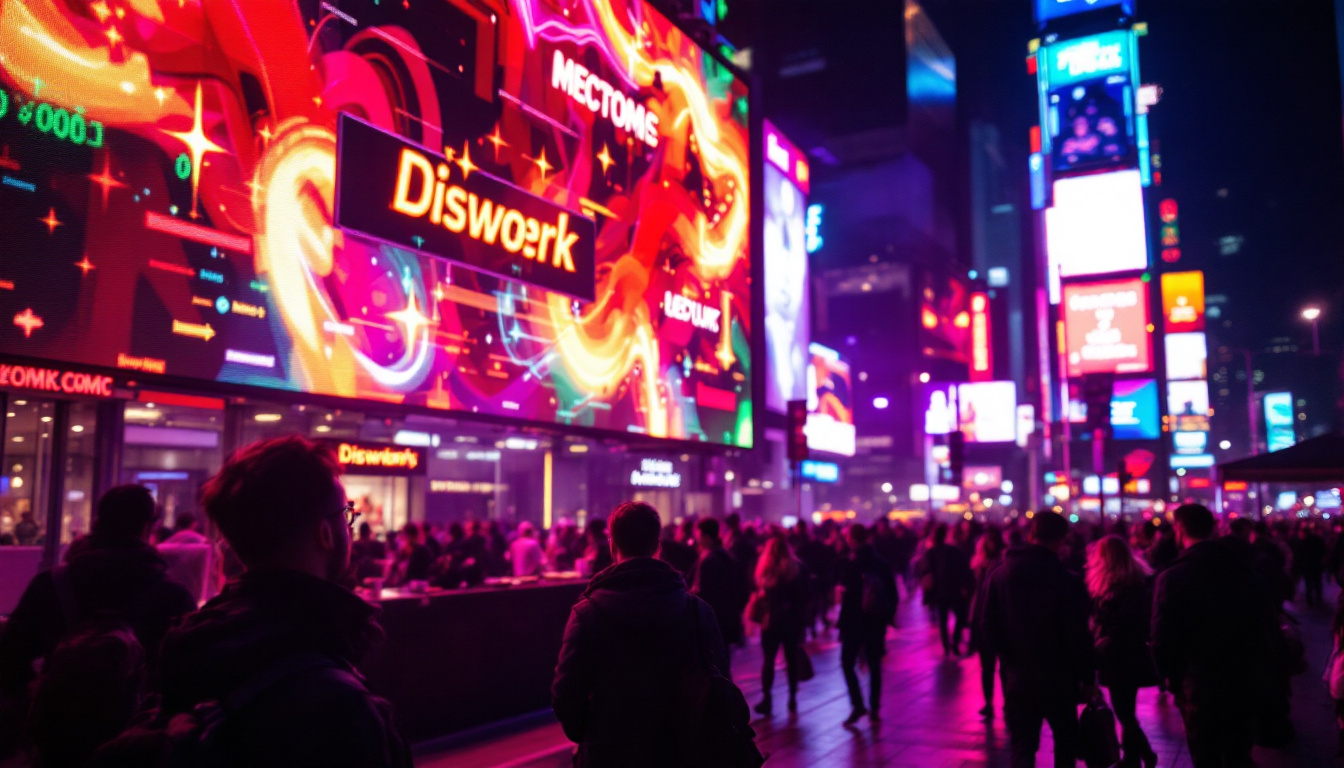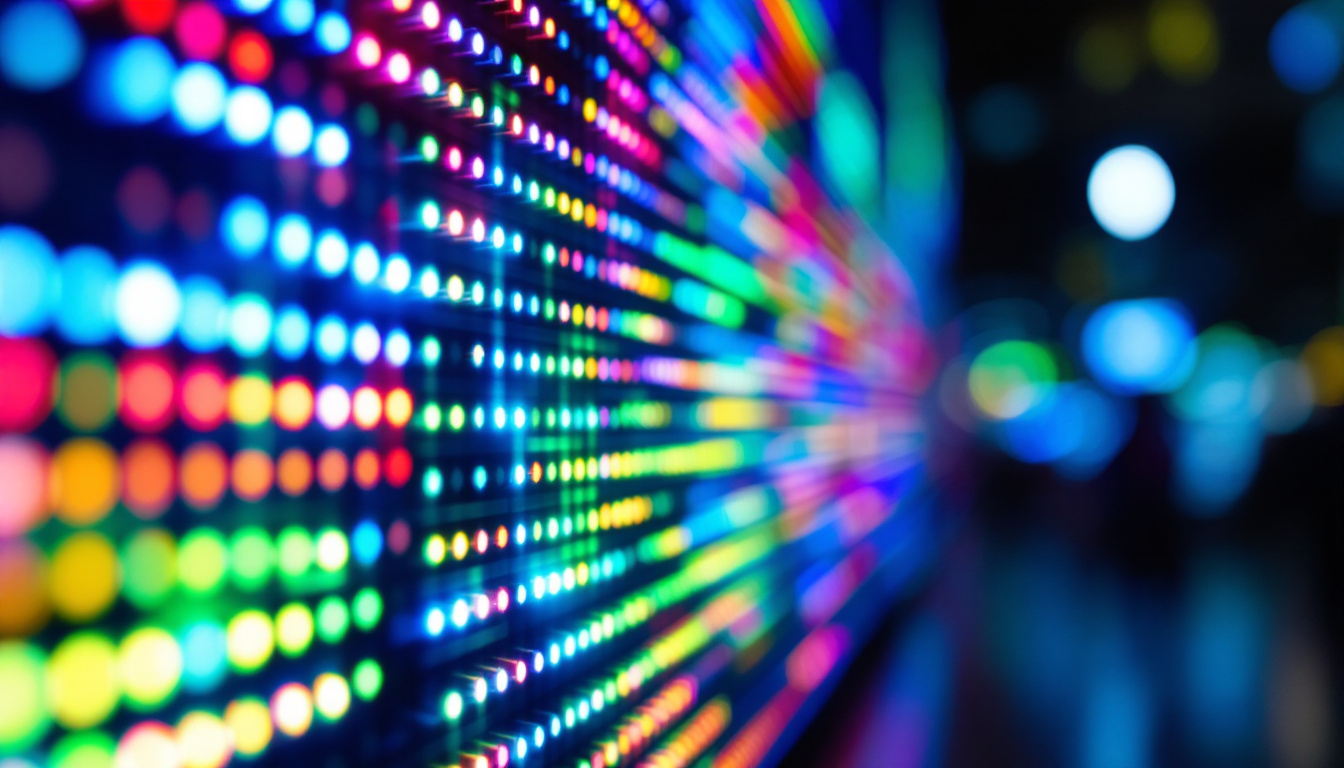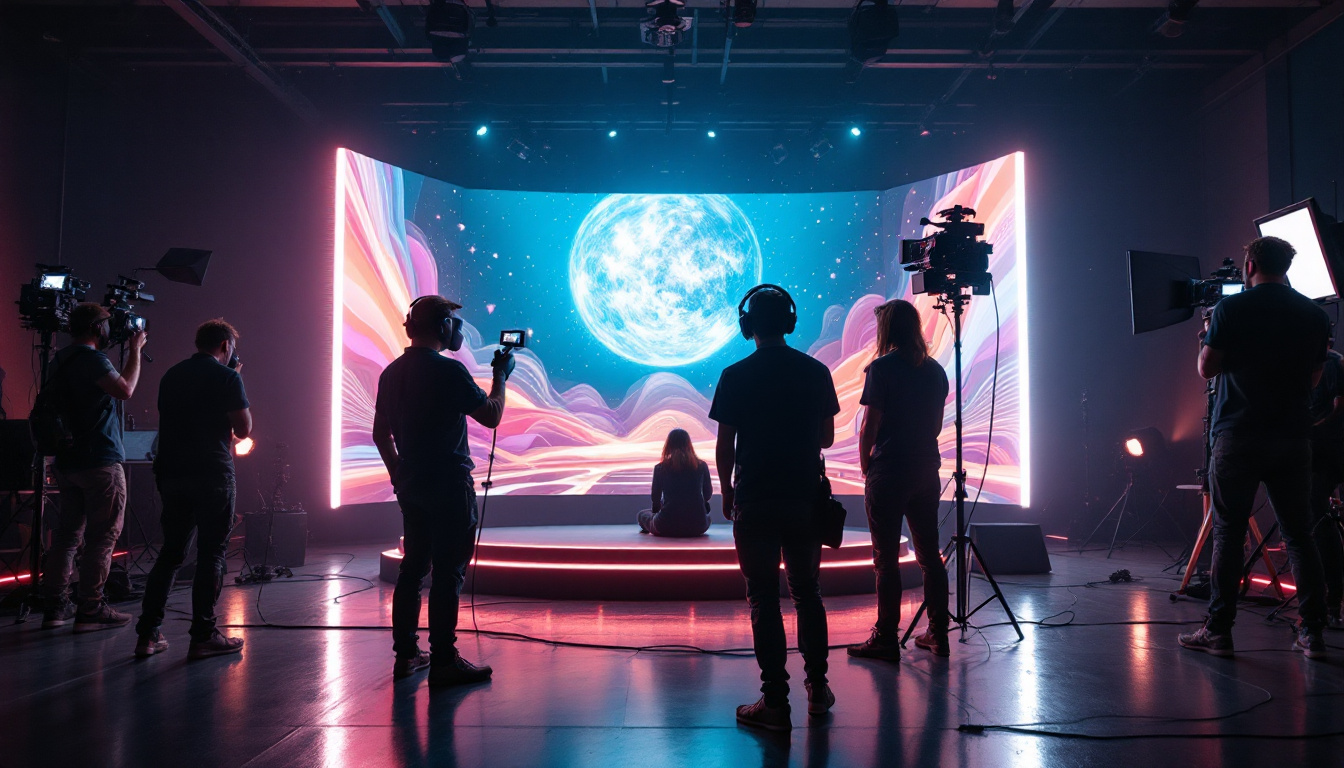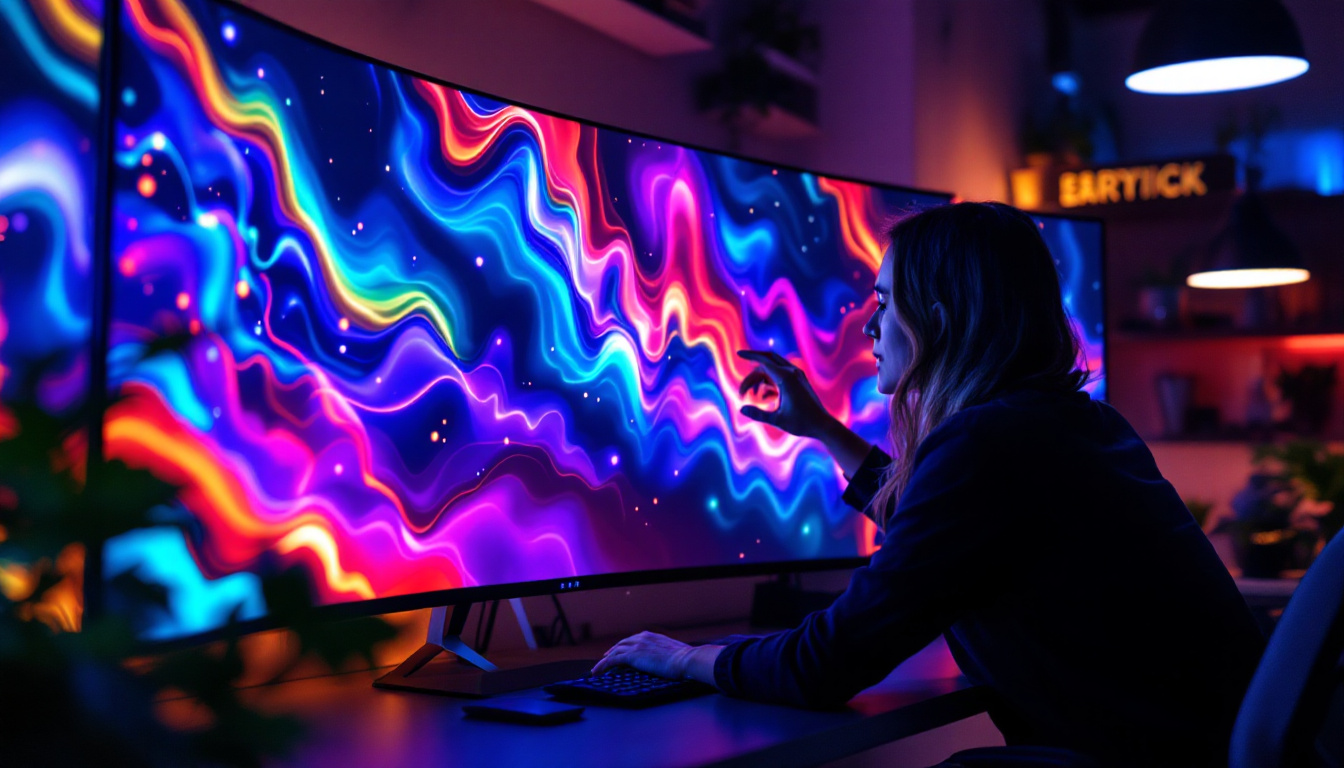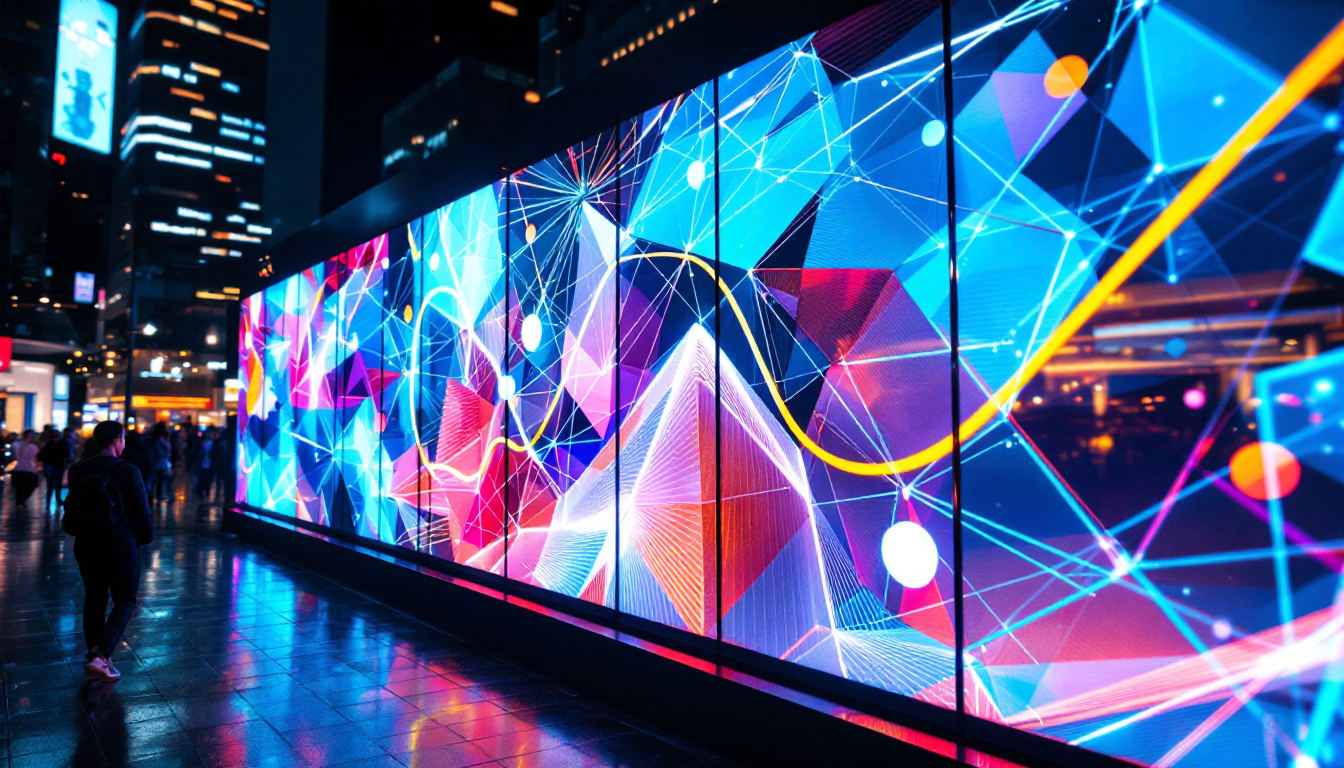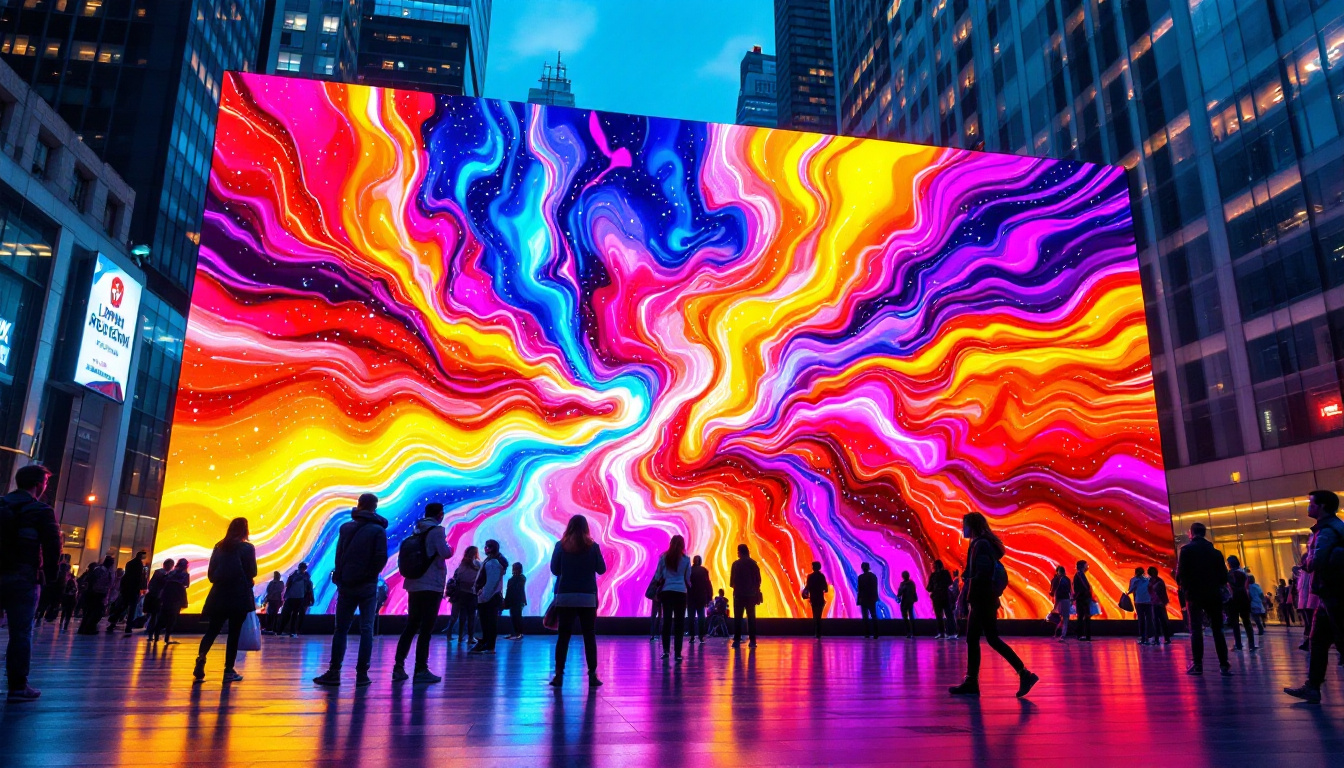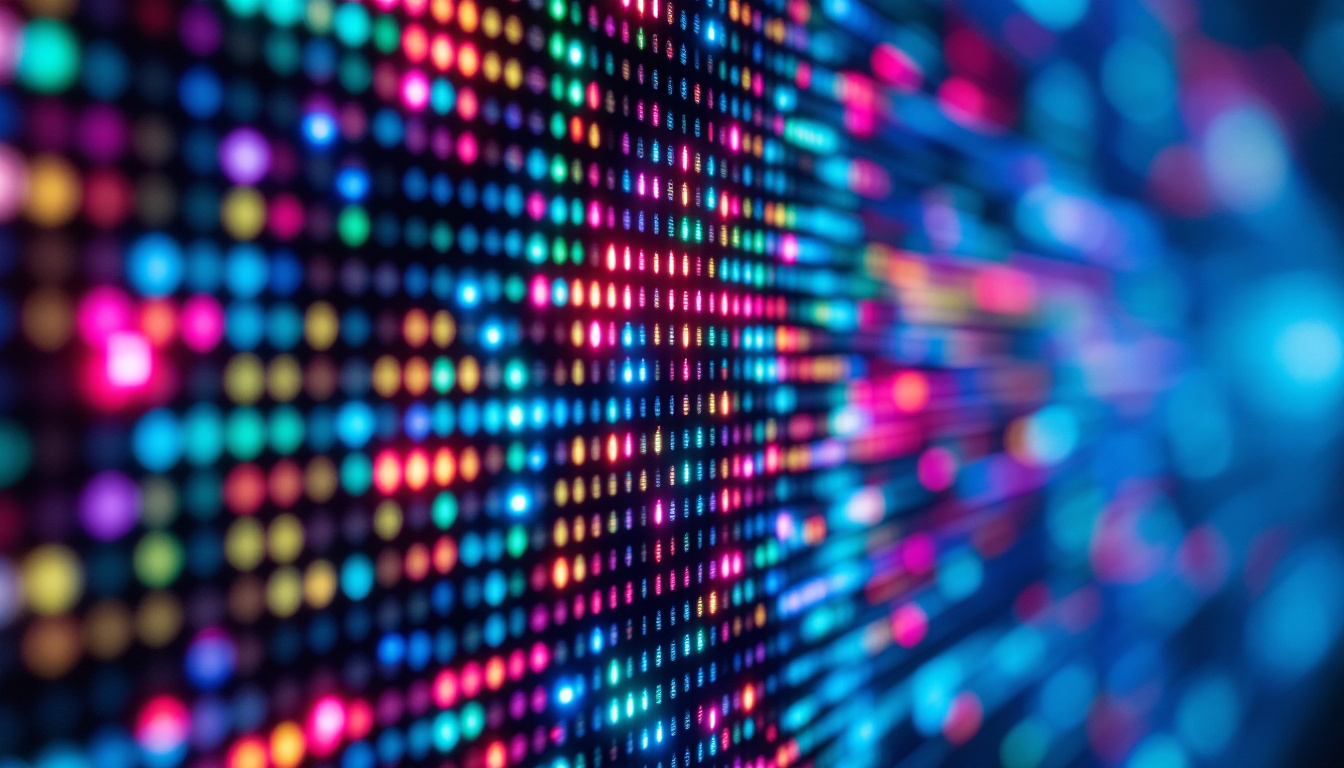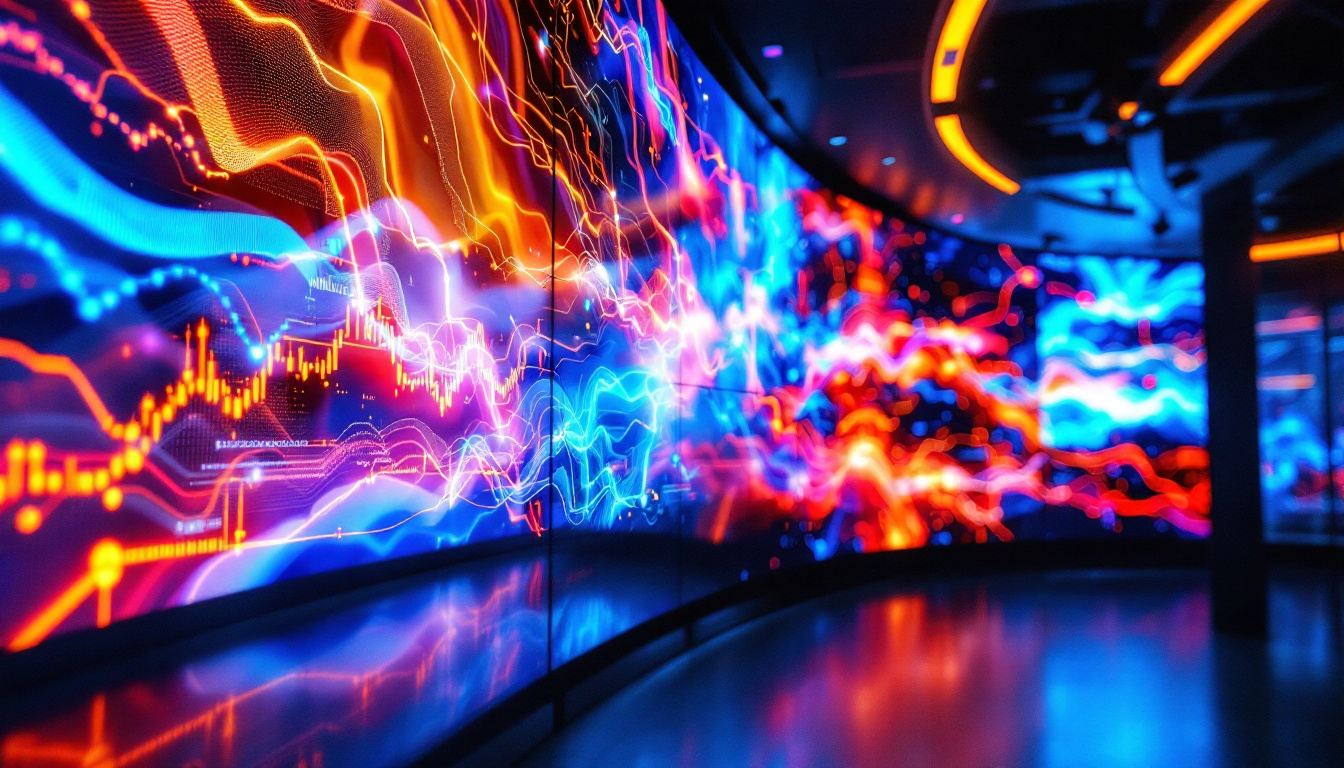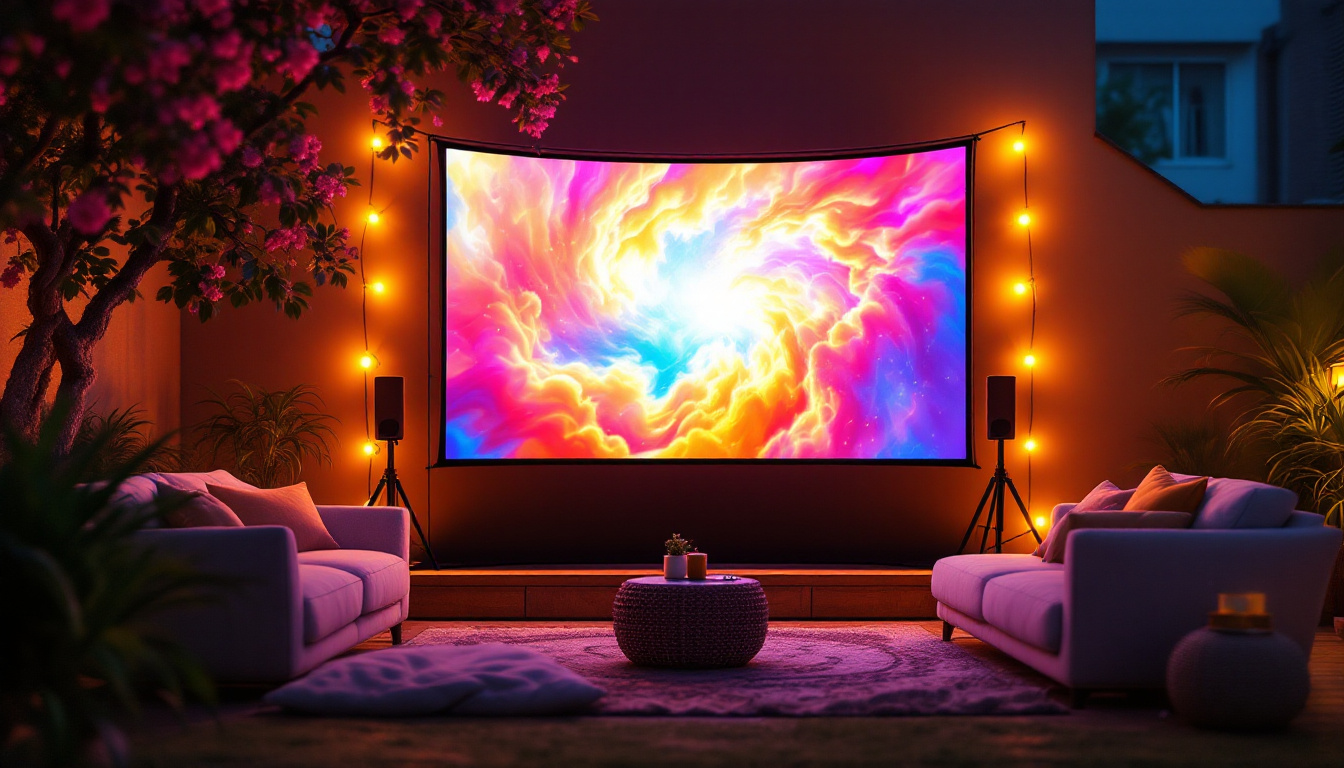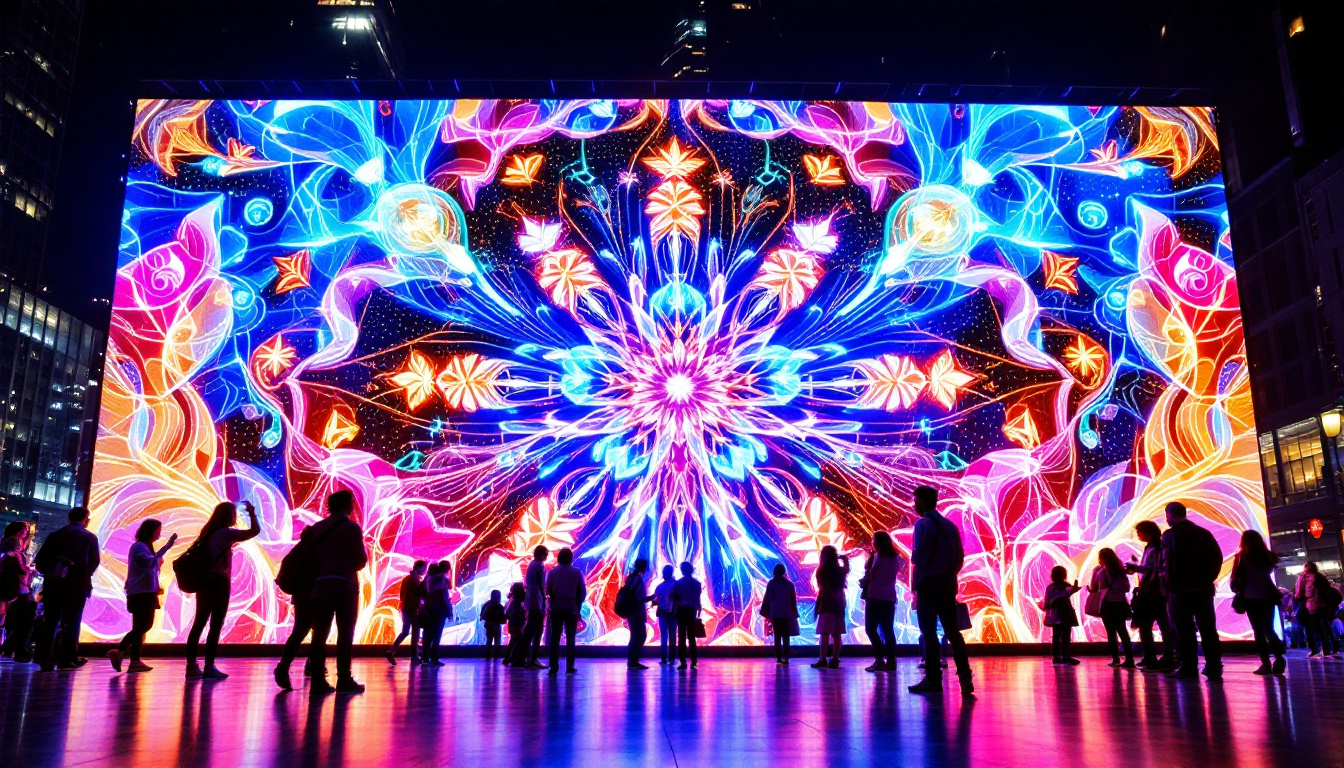In the world of television technology, LED displays have emerged as a dominant force, transforming the way viewers experience visual content. With their vibrant colors, energy efficiency, and slim designs, LED displays are not just a trend but a significant advancement in TV technology. This article delves into the intricacies of LED displays, exploring how they work, their advantages, and the different types available in the market.
Understanding LED Display Technology
LED, or Light Emitting Diode, technology is a method of creating images on a screen by using diodes that emit light when an electric current passes through them. Unlike traditional LCD screens that rely on fluorescent backlighting, LED displays utilize these tiny diodes to produce light directly, resulting in improved brightness and contrast. This advancement not only enhances the viewing experience but also contributes to energy efficiency, making LED displays a popular choice for both home and commercial use.
How LED Displays Work
The core of an LED display is its array of diodes, which can be arranged in various configurations. In most televisions, these diodes are used as backlighting for an LCD panel. However, in true LED displays, the diodes themselves create the images, allowing for greater control over brightness and color. This capability is particularly beneficial in dynamic environments, such as sports arenas or gaming setups, where rapid changes in lighting conditions can occur.
When an image is displayed, the diodes emit light in different colors. The combination of red, green, and blue light creates the full spectrum of colors that viewers see on the screen. This process is known as additive color mixing and is fundamental to how LED displays render images. Additionally, advancements in technology have led to the development of quantum dot displays, which enhance color accuracy and vibrancy by using nanometer-sized semiconductor particles that emit specific colors when illuminated by LED backlighting.
Types of LED Displays
There are primarily two types of LED displays available in the market: Edge-lit and Direct-lit. Understanding the differences between these types is crucial for consumers looking to invest in a new television. Edge-lit LED displays have diodes positioned along the edges of the screen. This design allows for a thinner profile but can sometimes result in uneven lighting and contrast issues. On the other hand, Direct-lit LED displays have diodes placed directly behind the screen, providing more uniform brightness and better color accuracy, albeit at the cost of a thicker design.
In addition to these two types, there are also variations such as Full Array LED and Mini-LED displays. Full Array LED technology employs a grid of LEDs behind the screen, which can be individually dimmed to enhance contrast and black levels, making it ideal for watching movies in dark environments. Mini-LED displays take this a step further by using smaller diodes that allow for even more precise control over local dimming zones, resulting in deeper blacks and brighter highlights. These innovations are pushing the boundaries of what is possible in display technology, offering consumers an ever-expanding range of options tailored to their viewing preferences.
Advantages of LED Displays
LED displays offer numerous advantages over traditional display technologies, making them a popular choice among consumers and professionals alike. Here are some of the key benefits:
Enhanced Picture Quality
One of the most significant advantages of LED displays is their superior picture quality. With higher brightness levels and better contrast ratios, LED TVs can produce deeper blacks and more vibrant colors. This enhancement is particularly noticeable in darker scenes, where traditional LCDs may struggle to display detail. Moreover, the ability of LED displays to support a wider color gamut allows for a more immersive viewing experience, making movies and games come alive with stunning realism. This is especially important for content creators and graphic designers who rely on accurate color representation for their work.
Energy Efficiency
Another compelling reason to choose LED displays is their energy efficiency. LED technology consumes significantly less power compared to older technologies, such as CRT and plasma displays. This reduction in energy consumption not only lowers electricity bills but also contributes to a smaller carbon footprint, making LED displays a more environmentally friendly option. Additionally, many LED displays come equipped with features like automatic brightness adjustment, which further optimizes energy use based on ambient light conditions. This smart technology not only enhances user experience but also promotes sustainable practices in daily life.
Longevity and Durability
LED displays are known for their longevity. The diodes used in these screens can last for tens of thousands of hours, far surpassing the lifespan of traditional displays. Additionally, LED technology is more resistant to screen burn-in, a common issue with plasma displays, making them a more durable choice for long-term use. This durability is complemented by their robust design, which often includes features like scratch-resistant surfaces and weatherproof options for outdoor use. As a result, LED displays are not only ideal for home entertainment systems but also for commercial applications, such as digital signage and advertising, where reliability and performance are paramount.
Choosing the Right LED Display
With various options available, selecting the right LED display can be a daunting task. Several factors should be considered to ensure that the chosen television meets the viewer’s needs.
Screen Size and Resolution
Screen size is one of the most critical factors to consider when purchasing an LED display. The ideal size depends on the viewing distance and the room’s dimensions. For example, larger screens are better suited for spacious living rooms, while smaller screens may be more appropriate for bedrooms or smaller spaces. Additionally, it’s essential to take into account the layout of the room; a wall-mounted TV may require different considerations than a freestanding unit, particularly in terms of height and angle for optimal viewing.
Resolution is another vital aspect. Modern LED displays come in various resolutions, including Full HD (1080p), 4K (2160p), and even 8K. Higher resolutions provide more detail and clarity, especially on larger screens, enhancing the overall viewing experience. Furthermore, it’s worth noting that the content you plan to watch can influence your choice; for instance, if you frequently stream 4K content or play video games, investing in a 4K or 8K display may be worthwhile to fully appreciate the enhanced visuals.
Smart Features
Many LED displays now come equipped with smart features, allowing users to access streaming services, browse the internet, and use various applications directly from their TVs. When choosing an LED display, consider whether these features are important, as they can significantly enhance the functionality of the television. Smart TVs often come with built-in voice assistants, enabling hands-free control and making it easier to search for content or adjust settings without needing a remote.
Additionally, the ecosystem of apps available on a smart TV can vary widely between brands. Some may offer a more extensive selection of popular streaming services, while others might have unique features like screen mirroring or gaming modes designed to optimize performance for console gaming. Therefore, it’s advisable to research the specific smart platform and its compatibility with the services you intend to use, ensuring a seamless and enjoyable viewing experience tailored to your preferences.
Common Misconceptions About LED Displays
Despite their popularity, several misconceptions about LED displays persist. Addressing these misunderstandings can help consumers make informed decisions.
LED Displays Are Just LCDs
One common misconception is that LED displays are merely a type of LCD. While it is true that LED displays use LCD technology for image rendering, the key difference lies in the backlighting method. LED displays use diodes for backlighting, while traditional LCDs rely on fluorescent lights, leading to significant differences in performance and picture quality.
LED Displays Are Too Expensive
Another myth is that LED displays are prohibitively expensive. While high-end models can be pricey, there are numerous budget-friendly options available. As technology advances, prices continue to decrease, making LED displays accessible to a broader audience.
Maintenance and Care for LED Displays
To ensure the longevity of an LED display, proper maintenance and care are essential. Simple steps can help keep the television in optimal condition.
Cleaning the Screen
Regular cleaning of the screen is crucial to maintain picture quality. Use a microfiber cloth to gently wipe the screen, avoiding harsh chemicals that could damage the display. It is advisable to turn off the TV before cleaning to prevent any potential damage.
Proper Ventilation
LED displays generate heat during operation, so ensuring proper ventilation is vital. Avoid placing the television in enclosed spaces or near heat sources, as this can lead to overheating and reduced lifespan. Keeping the area around the TV clear can help maintain optimal operating conditions.
Future of LED Display Technology
The future of LED display technology looks promising, with ongoing advancements and innovations on the horizon. As manufacturers continue to push the boundaries of what is possible, several trends are emerging that could shape the future of LED displays.
MicroLED Technology
One of the most exciting developments is MicroLED technology, which uses microscopic LEDs to create images. This technology promises even better picture quality, with improved brightness, contrast, and color accuracy. MicroLED displays can also be modular, allowing users to create custom screen sizes and shapes, offering unprecedented flexibility.
OLED vs. LED
As OLED technology gains popularity, many consumers are left wondering how it compares to LED. While OLED displays offer superior contrast and deeper blacks, LED displays remain more affordable and energy-efficient. The competition between these technologies will likely continue to drive innovation, benefiting consumers in the long run.
Conclusion
LED displays have revolutionized the television industry, offering enhanced picture quality, energy efficiency, and durability. With various options available, consumers can find the perfect LED display to suit their needs. Understanding the technology behind LED displays, as well as their advantages and potential misconceptions, can empower viewers to make informed decisions. As technology continues to evolve, the future of LED displays promises even more exciting developments, ensuring that they remain a staple in home entertainment for years to come.
Discover the Future of Visual Experience with LumenMatrix
Ready to elevate your visual experience with the latest in LED display technology? Look no further than LumenMatrix, a pioneer in crafting innovative LED display modules designed to amplify your brand’s presence and captivate your audience. From the immersive Indoor LED Wall Display to the dynamic Outdoor LED Wall Display, and from the versatile Vehicle LED Display to the sleek LED Poster Display, LumenMatrix offers a comprehensive range of solutions tailored to your unique needs. Embrace the future of visual communication with our LED Sports Display, Floor LED Display, Custom LED Display, All-in-One LED Display, and LED Transparent Display. Don’t miss the opportunity to transform your space and engage viewers like never before. Check out LumenMatrix LED Display Solutions today and step into a world where clarity and impact go hand in hand.






